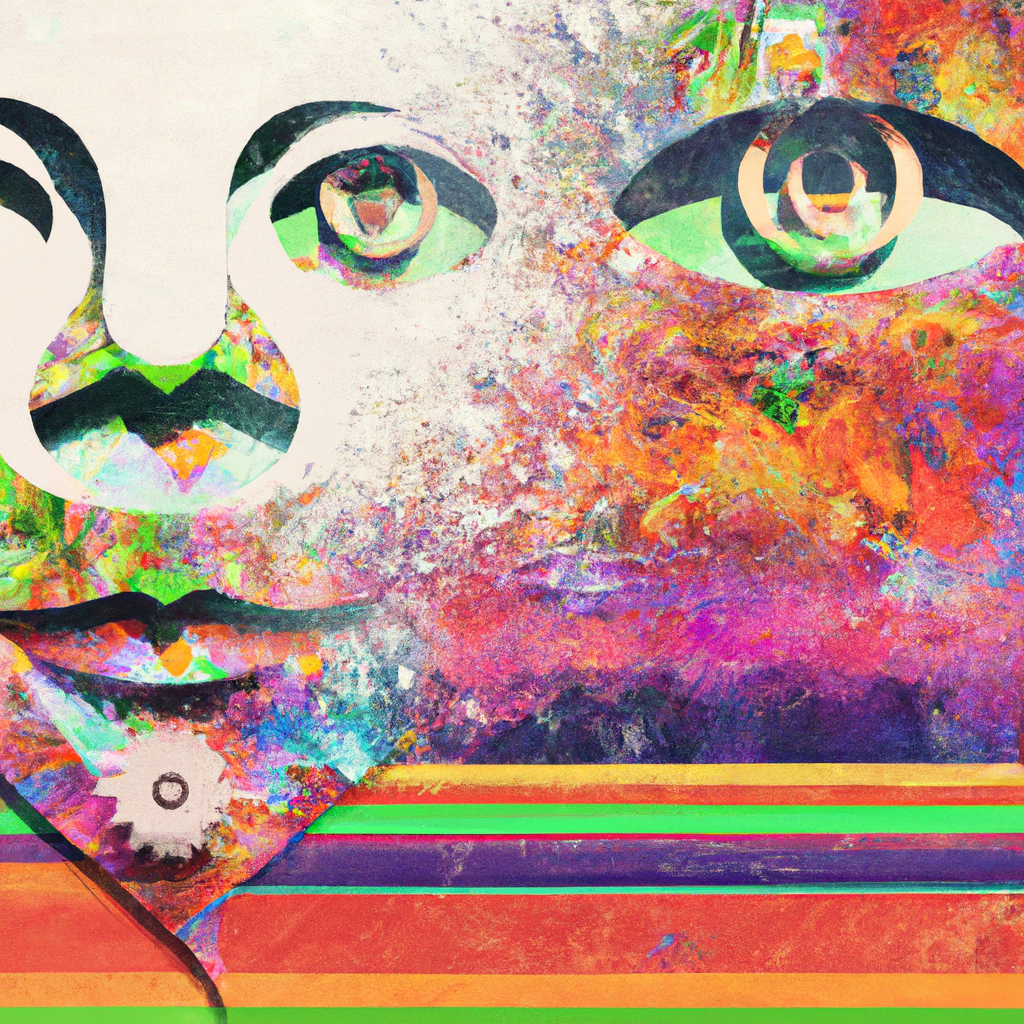The Importance of HMI Design
Human Machine Interface (HMI) design is a critical component of modern technology, playing a pivotal role in how users interact with machines and systems. One of the most influential aspects of HMI design is color psychology. The strategic use of color can significantly enhance user experience, improve interaction, and ultimately drive the success of a product or system.
What is Color Psychology?
Color psychology is the study of how colors influence human behavior and decision-making. It is a powerful tool that, when applied correctly, can evoke specific emotions, draw attention, and even influence actions. In the realm of HMI design, understanding and applying color psychology can make the difference between a user-friendly interface and one that is confusing or off-putting.
Firstly, color can be used to create visual hierarchy and guide user attention. For example, bright and bold colors like red and orange can draw attention to important elements or functions, while cooler colors like blue and green can be used for less critical components. This strategic use of color can help users navigate the interface more intuitively, reducing cognitive load and enhancing user experience.
Secondly, color can be used to convey meaning and provide feedback. For instance, green is often associated with positive actions or outcomes, while red is typically linked to errors or warnings. By using these universally recognized color associations, designers can create an interface that communicates effectively with the user, providing clear and immediate feedback.
Color and Emotions and Perception
Moreover, color can influence user emotions and perceptions. For instance, blue is often perceived as trustworthy and reliable, making it a popular choice for business and finance applications. On the other hand, yellow is associated with happiness and creativity, making it suitable for creative platforms or educational apps. By aligning the color scheme with the intended user emotions, designers can create a more engaging and satisfying user experience.
However, the application of color psychology in HMI design is not without challenges. Cultural differences in color perception can complicate the design process. For example, while white is often associated with purity and innocence in Western cultures, it symbolizes death and mourning in some Eastern cultures. Therefore, designers must consider their target audience and conduct thorough research to ensure their color choices are appropriate and effective.
Color and Accessibility
Accessibility is another critical consideration. Designers must ensure their color choices are accessible to all users, including those with color vision deficiencies. This can be achieved by using high-contrast color combinations, providing alternative ways to convey information, and using tools to test the color accessibility of the design.
Successful Applications of Color
The successful application of color psychology in HMI design can significantly enhance user experience and interaction. By creating a visual hierarchy, conveying meaning, influencing emotions, and considering cultural and accessibility factors, designers can create an effective and user-friendly interface. As technology continues to evolve, the importance of color psychology in HMI design is set to increase, making it a vital tool for designers and developers alike.

